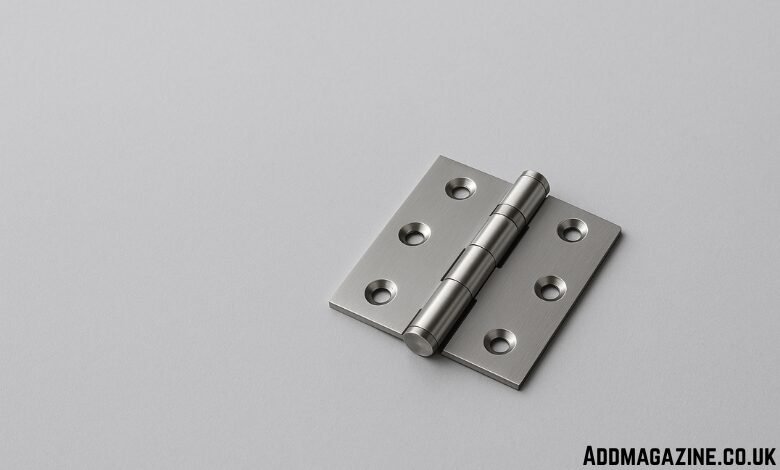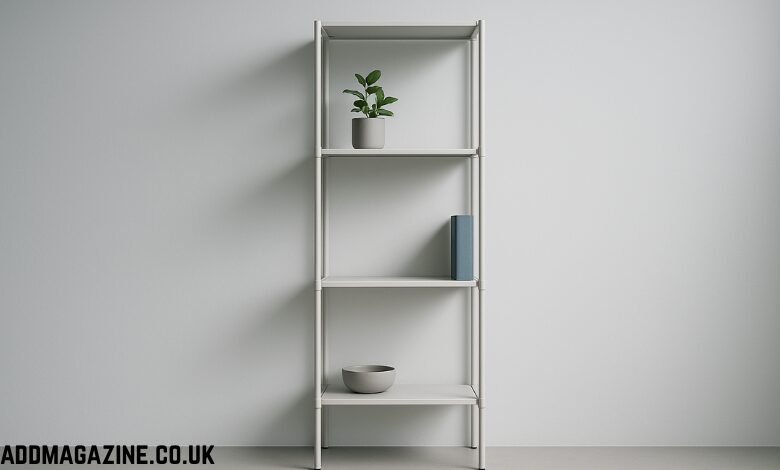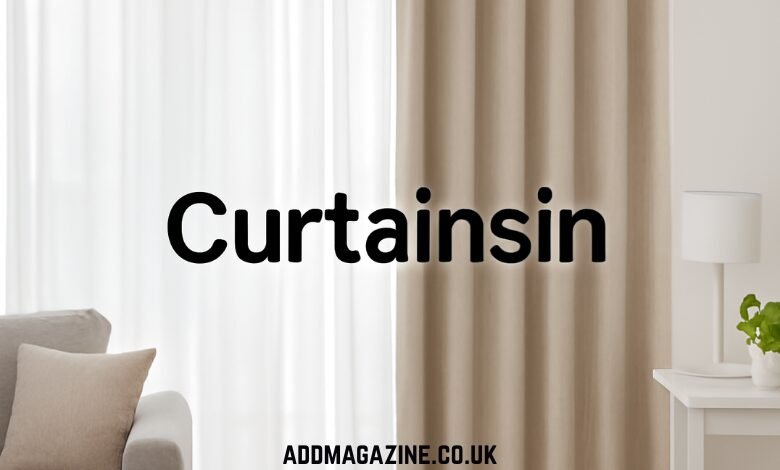Hardware plays a significant role in cabinetry, affecting both durability and functionality. This article explores key components that enhance the performance and style of modern furniture.
When constructing or updating cabinetry, selecting the right hardware is crucial. Components like hinges, knobs, and pulls not only contribute to the aesthetic appeal but also to the functionality of the cabinets. This guide provides insights into choosing durable hardware that enhances both the look and utility of your furniture. For instance, Butt Hinges are a popular choice for their strength and reliability.
Different Types of Cabinet Hardware
Cabinet hardware includes a variety of components such as hinges, knobs, pulls, slides, and latches. Each piece serves a specific purpose, contributing to the overall performance of your cabinetry. Choosing the right hardware involves understanding how each component affects both the visual appeal and operational efficiency of your cabinets.
It’s important to consider both functionality and aesthetics when selecting cabinet hardware. The right hinges ensure smooth operation and maintain structural integrity. Similarly, knobs and pulls should provide a comfortable grip and easy access. Evaluating both functional needs and design preferences is essential in making the right choice.
Aesthetic considerations should align with practical functionality. Opt for hardware that complements the overall style of your space while delivering durable performance. Consider finishes and materials that not only match your cabinetry but also withstand daily wear and tear, ensuring long-term satisfaction with your choice.
Features of High-Quality Hinges
High-quality hinges are essential for the longevity and ease of use in cabinetry. Key features include robust construction materials such as stainless steel or brass, which provide strength and resistance to corrosion. These materials are essential for maintaining performance over time, especially in environments exposed to moisture or frequent use.
The design of the hinge itself is also important. Soft-close mechanisms prevent doors from slamming shut, reducing noise and extending the life span of both the hinge and cabinet door. Look for hinges with adjustable settings, allowing you to fine-tune door alignment for optimal fit and operation.
The installation process also contributes to hinge effectiveness. High-quality hinges often come with detailed instructions or built-in features that simplify installation while ensuring secure attachment. Proper installation helps avoid common issues like misaligned doors or squeaking, further enhancing the user experience.
Proper Hinge Installation Techniques
Installing hinges correctly is essential for achieving maximum efficiency and lifespan from your cabinetry hardware. Begin by measuring accurately to ensure proper placement. Misalignment during installation can lead to uneven doors that may not close properly, causing unnecessary strain on the hinges.
Use appropriate tools such as a drill with a depth stop to avoid over-penetrating cabinet surfaces. Pilot holes are recommended as they prevent wood from splitting during screw insertion. Ensure screws are tightened adequately but not excessively, as overtightening can damage both screws and cabinet material.
Avoid common installation mistakes by consulting manufacturer instructions specific to your hinge type. Mistakes like incorrect screw placement or neglecting soft-close adjustments can diminish hinge performance. Taking the time to install carefully will save you from future maintenance issues.
Selecting Appropriate Hardware for Cabinetry Needs
Choosing the right hardware requires consideration of several factors including cabinet type, weight, material, and intended use. Heavier doors may necessitate more robust hinges with higher load capacities to function effectively without sagging over time.
The aesthetic appeal should complement the overall design scheme of your space. Matching finishes between handles, knobs, and other visible components create a cohesive look that enhances your interior’s visual harmony. Also consider ergonomic factors; ensure handles or pulls offer comfortable grip suitable for all users.
Functionality should never be compromised for style alone. Evaluate how different hardware options meet daily usage demands while aligning with personal style preferences. By prioritizing both function and form, you achieve a balanced outcome that satisfies practical needs while elevating visual appeal.




